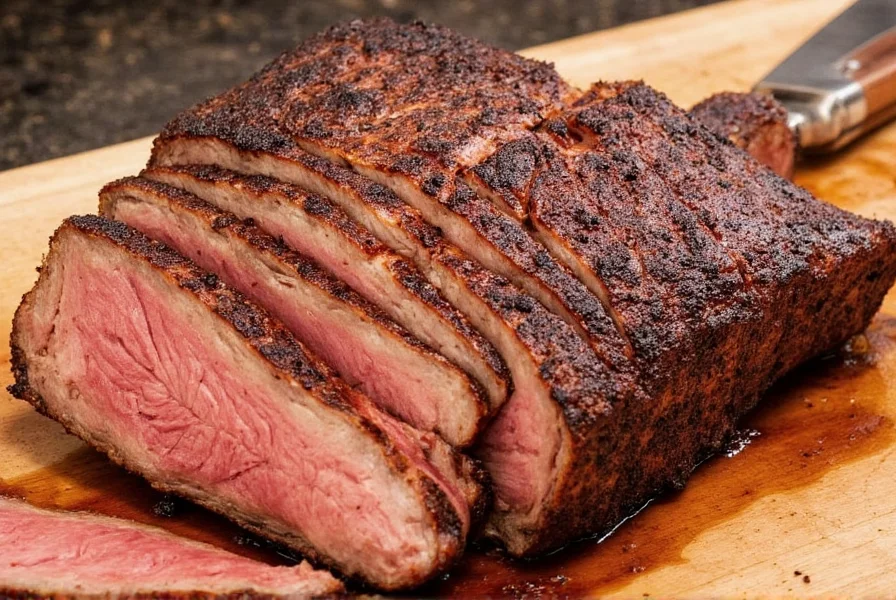Spice It Up: 7 Sizzling Brazilian Dishes That Will Heat Up Your Kitchen
Table of Contents
- Introduction to Brazilian Cuisine
- Why Spice Is the Soul of Brazilian Cooking
- Top 7 Spiced-Up Brazilian Dishes You Must Try
- Brazilian Spice Buying Guide for Home Cooks
- Pro Tips: Mastering Brazilian Flavors at Home
- Conclusion
Introduction to Brazilian Cuisine
Brazilian cuisine is a vibrant, multicultural melting pot that blends indigenous, African, Portuguese, and immigrant influences into every bite. While it’s known for its generous use of meat and grilled flavors, what truly sets it apart is its bold and often underappreciated use of spices.
From street food like pão de queijo (cheese bread) to rich stews like feijoada, Brazil offers a culinary journey full of flavor surprises. And if you love spice — both in heat and complexity — then Brazilian cooking might just become your new obsession.
Why Spice Is the Soul of Brazilian Cooking
While not as famously spicy-hot as Thai or Mexican cuisines, Brazilian cooking uses a variety of aromatic spices and herbs to create layers of flavor. The key lies in balancing earthy, sweet, and peppery notes to enhance rather than overpower ingredients.
In many dishes, spices are part of a foundational trio: onions, garlic, and either fresh herbs like cilantro and parsley or ground spices like paprika and annatto. These combinations bring out the richness in meats, beans, and seafood — staples of Brazilian fare.
Top 7 Spiced-Up Brazilian Dishes You Must Try
Here’s a flavorful lineup of must-try Brazilian recipes that highlight the country’s diverse use of spice:
- Feijoada – A hearty black bean stew with pork, seasoned with bay leaf, garlic, onion, and pepper.
- Moqueca – A spiced seafood stew from Bahia, made with coconut milk, dendê oil (palm oil), tomatoes, and coriander.
- Picanha – Grilled beef skewers seasoned simply with coarse sea salt, but sometimes rubbed with smoked paprika for extra flair.
- Caruru – A spicy Afro-Brazilian shrimp dish made with okra, dried shrimp, garlic, and hot peppers.
- Farofa – Toasted cassava flour mixed with butter, bacon, garlic, and sometimes chili flakes for crunch and kick.
- Vatapá – A creamy bread-based paste infused with shrimp, coconut, and palm oil, offering a mild yet richly spiced flavor profile.
- Caipirinha Seasoning Rub – Inspired by the famous cocktail, this zesty blend of lime zest, cachaça, and chili can be used on grilled fish or chicken.
Brazilian Spice Buying Guide for Home Cooks
If you're ready to dive into authentic Brazilian cooking, here's your guide to essential spices and where to find them:
| Spice | Flavor Profile | Best For | Where to Buy | Substitute |
|---|---|---|---|---|
| Dendê Oil (Palm Oil) | Rich, nutty, slightly smoky with vibrant red color | Making Moqueca, Caruru, or Vatapá | Latin American markets, online retailers like Amazon | Safflower oil + smoked paprika |
| Annatto Seeds | Earthy, peppery, slightly sweet with bright orange hue | Infusing oils, seasoning meats | International grocery stores, specialty spice shops | Paprika + a pinch of allspice |
| Dried Malagueta Pepper | Medium heat with fruity undertones | Add heat to sauces, stews, or farofa | Online spice retailers, Brazilian specialty stores | Fresh jalapeño or serrano peppers |
| Cumin | Warm, earthy, nutty | Seasoning meats, beans, rice dishes | Supermarkets, spice racks | Coriander seed powder |
| Cilantro & Parsley Blend | Fresh, citrusy, aromatic | Garnishing moqueca, seasoning meats | Local supermarkets, farmer’s markets | Fennel fronds or dill |

Pro Tips: Mastering Brazilian Flavors at Home
Ready to channel your inner gaucho chef? Here are some practical tips to elevate your Brazilian cooking game:
- Toasted Spices First: Always toast whole spices like cumin seeds or annatto in oil before grinding or adding other ingredients. This unlocks their natural aromatics and boosts depth.
- Dendê Oil Magic: Use sparingly due to its potency. Add a spoonful to fish or vegetable dishes for an instant Bahian flavor boost.
- Layer the Heat: Instead of using one type of chile, layer flavors with fresh, dried, and pickled versions for complexity.
- Use Fresh Herbs Generously: In Brazilian cooking, herbs are treated more like vegetables than garnishes. Chop up plenty of cilantro and parsley to stir into sauces and stews.
- Make Ahead = Better Flavor: Many Brazilian dishes like feijoada benefit from resting overnight. The spices have time to meld and intensify the taste.
Conclusion
Brazilian cuisine may not always scream “spicy,” but don’t let that fool you — it’s a powerhouse of layered, aromatic flavors rooted in centuries of cultural blending. Whether you’re roasting farofa with chili flakes or simmering a rich, spiced seafood moqueca, there’s no shortage of ways to bring the heat (both literal and figurative) into your kitchen.
With the right spices and techniques, you’ll not only recreate authentic Brazilian dishes but also impress friends and family with something new and exciting. So fire up your stove, grab those annatto seeds, and get ready to fall in love with Brazil’s bold, beautiful flavors.
Now go spice it up!










 浙公网安备
33010002000092号
浙公网安备
33010002000092号 浙B2-20120091-4
浙B2-20120091-4